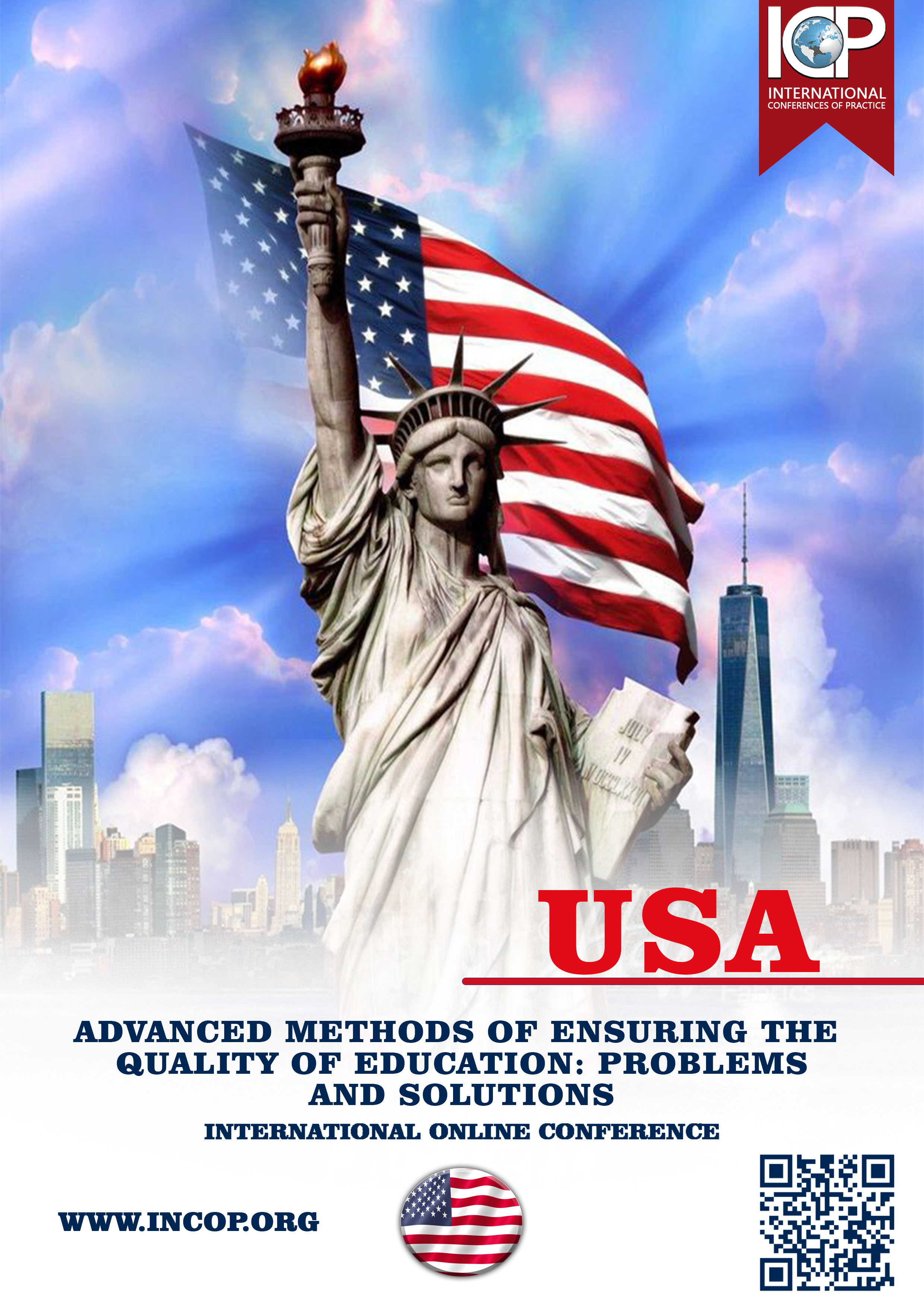GLOBAL CHALLENGES AND SOLUTIONS IN WASTEWATER MANAGEMENT
Abstract
Water used for domestic and industrial activities becomes contaminated and unfit for consumption or agriculture, commonly referred to as wastewater. Containing chemical mixtures, organic matter, and heavy metals, wastewater has posed significant global challenges over the past 30 years. Its contamination causes diseases like cancer, gastrointestinal disorders, bacterial infections, and disrupts marine ecosystems, leading to habitat destruction and species extinction.
Moreover, wastewater pollution negatively impacts tourism, agriculture, and fisheries by reducing biodiversity, damaging crops, and creating toxic environments, which in turn affects human health and economic productivity. Regions with severe pollution, such as the Ganges and Long Island Sound, exemplify these consequences, with cancer rates spiking near polluted areas (Wohl, 2012). International organizations like the UN, UNESCO, and the World Bank are prioritizing wastewater management. Practical solutions, including Wastewater Treatment Plants, Bio-Sand Filters, and improved sewage regulations, have successfully treated 55-85% of contaminants. These efforts highlight the urgency and potential for addressing this critical issue globally.
References
1. Wohl, 2012 (for the mention of cancer rates near polluted areas like the Ganges and Long Island Sound).
2. Wastewater Research Project 21D (for the general description of wastewater sources).
3. UN World Development Report, 2017 (for the statement about 80% of wastewater being discharged untreated).
4. UNCLOS (United Nations Convention on the Law of the Sea) (for the mention of the protocol on pollution from land-based sources).
5. Hawkins et al., 2013 (for the mention of combined wastewater treatment systems).
6. Anjaneyulu et al., 2005; Crini and Badot, 2007, 2010 (for the stages of wastewater treatment).
7. UNICEF/WHO Joint Monitoring Program, 2021 (for the 2.1 billion people lacking access to safely managed drinking water services).
8. US EPA and USGS (for the daily wastewater production in urban zones of the USA).
9. World Nuclear Association (WNA) (for the use of treated wastewater in cooling nuclear plants).
10. Milter, 1990 (for the mention of the potential 10-15% reduction in freshwater scarcity using treated wastewater).
11. WHO and EPA (for the global usage of septic tanks and constructed wetlands).
12. American Society of Civil Engineers (for the increased water volume during heavy rains).


